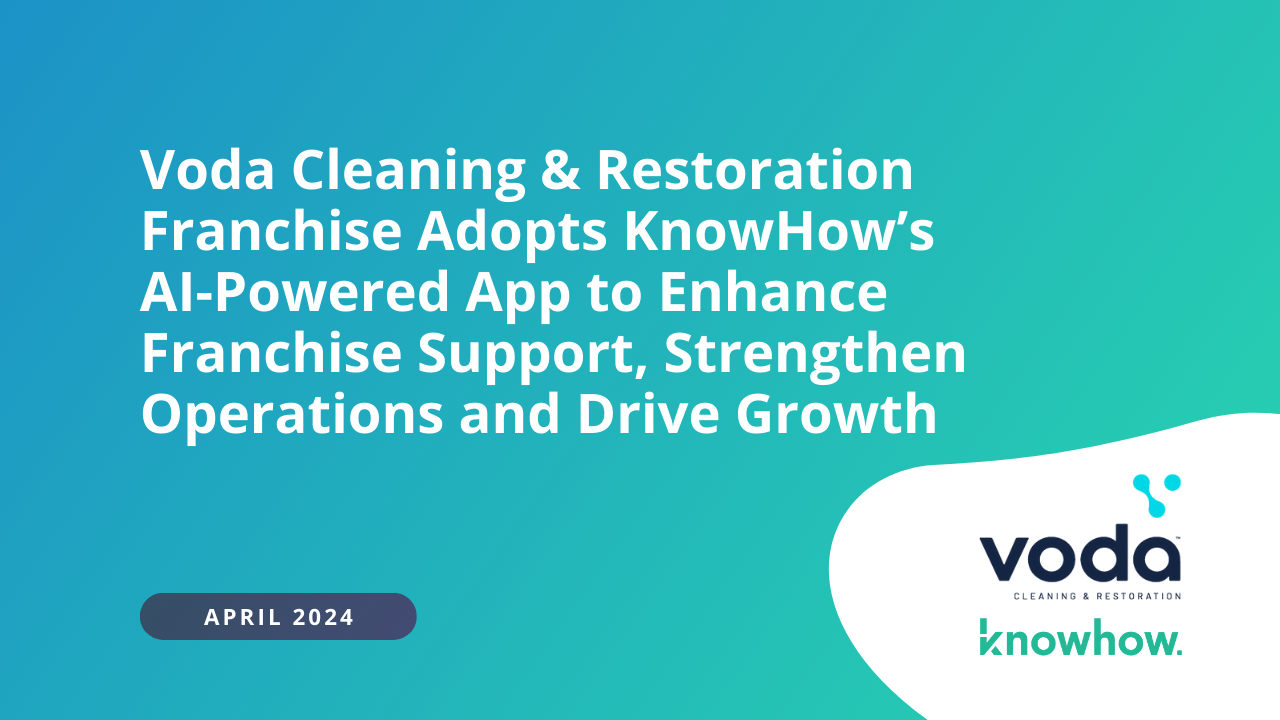How to Unlock New Opportunities and Growth Through a Multilingual Workforce



The labor force many of us grew up with is undergoing a significant evolution, and those in the restoration industry have a front-row seat. While the hard hats and tool belts are still there, the voices beneath those hats are increasingly diverse, speaking many languages other than English.
During our recent webinar, The Multilingual Restorer, we uncovered the facts behind one of the industry's most significant transformations: the rapid emergence of a multilingual labor workforce. One key takeaway stood out above the rest: businesses that can effectively integrate and train multilingual employees will undoubtedly gain a competitive advantage. Here’s how the workforce is changing and how you can harness the power of this change to grow your business and your team’s productivity.
The Changing Face of the Workforce
The statistics paint a clear picture. Multilingual workers are set to become the dominant workforce in the U.S. labor market. Today, 21.2% of service workers and 23% of construction workers in the U.S. are non-native-born. The Hispanic community particularly is on track to represent 21.6% of the 166 million-strong American workforce by 2030. That is nearly 36 million workers! These figures are not mere statistics; they offer valuable insights into the future of your workforce.
As we move towards this future, it's important to recognize the potential challenges that may arise while overseeing a team of individuals who speak different languages. These can include misunderstandings on worksites, frustrated homeowners, and ineffective communication with subcontractors. However, with appropriate attention given to these concerns, multilingual workers can present significant business growth and expansion opportunities as well.
Consider the transformation when instructions are given in a worker's native language. Suddenly, misunderstandings on job sites are reduced. Workers start executing their tasks with more confidence and efficiency, and productivity and job satisfaction improve. This simple shift can drive significant growth and save you and your team hours, allowing for more efficient scaling of your organization.
Similarly, when your workforce has a clear understanding of tasks, regardless of language differences, your customers also benefit. With workers that can swiftly address customer questions or concerns, they create an environment where your customers feel cared for and experience effective communication. In turn, they will be more likely to share their positive experiences with friends or family, helping expand your network of clientele. This is a prime opportunity for you to expand and fuel business growth without additional expenses on sales or advertising.
Beyond customer satisfaction, there's another critical factor at play here—your workforce. Attracting and retaining reliable workers is the largest challenge experienced in the industry today. But the solution could lie in a shift toward a multilingual workforce. If you're the business offering comprehensive training and support in a worker's native language, won't you become the employer of choice? Embracing a multilingual workforce provides a clear path to addressing labor shortages, boosting your organization's competitive edge, and unlocking the full potential of your team.
The Power of Language
By providing training in a worker's chosen language, you're not just offering tools and methods; you're illustrating your appreciation for each employee's unique background and culture. This is a powerful motivator that can turbocharge productivity and amplify on-site safety, creating a workforce that is happier, more confident, and ultimately more successful.
With access to processes and support tools in their native tongue, awkward confusion at job sites becomes a thing of the past, replaced by a clear understanding that minimizes the risk of accidents. In this safe and efficient work environment, your teams will feel in control, enabling them to perform their tasks to the best of their abilities.
As a result, satisfaction levels will rise, and employees will feel a stronger connection to your organization, boosting retention rates. This harmonious cycle reinforces itself, fostering a positive work culture where everyone benefits - employees feel empowered and valued, and the organization enjoys heightened productivity and a more cohesive team.
There's a KnowHow For That
Now, you might wonder, 'How do I effectively manage this change?' The good news is that you don't need to learn all of your workers' languages. The answer lies in KnowHow – the tool that rapidly onboards, trains, and upskills your workforce. It gathers your company's expertise into one accessible easy-to-access app and automatically translates your processes into your team’s preferred languages. Our easy-to-use app helps ensure language becomes a tool for your company's growth.
A New Workforce Means New Opportunities
Change is the only constant in the restoration industry, and the rise of multilingual workers is no trend; it's the future of the restoration industry. Businesses that sense the shift, adapt quickly, and leverage the benefits of a multilingual workforce will lead the pack. The rest? They risk playing catch-up in an industry that's already fast-forwarding into the future. So don't let language stand in your path to growth. Embrace the change, and start delivering 5-star experiences with KnowHow.
Want to be the first to know when a new blog or podcast episode drops? Register here to stay informed and inspired with the latest insights and episodes from industry leaders on how to create a winning playbook for success.









